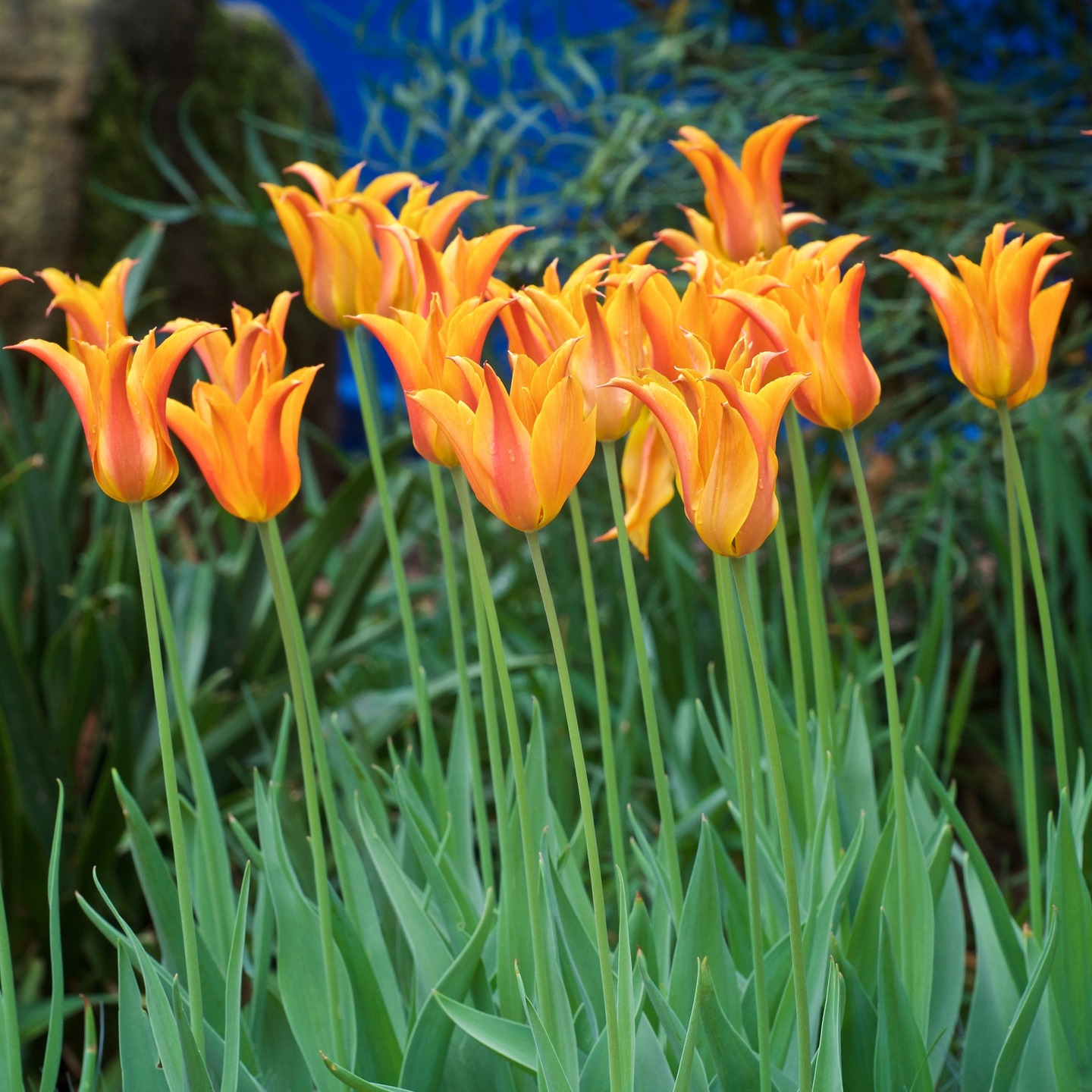- Understand the significance and history of Earth Day as a global environmental movement.
- Explore the importance of wildlife conservation and its impact on ecosystems.
- Examine the role of botanical gardens in education and conservation.
- Discover biodiversity’s critical role in maintaining ecological balance.
- Encourage individual and community actions to address environmental challenges.
April 22 marks a special day for our planet — Happy Earth Day! This global occasion is a call to action, emphasizing environmental awareness, conservation, and the need to safeguard our natural habitat. From its origins in 1970, sparked by the growing concerns over pollution, Earth Day has evolved into a worldwide movement. Today, it unites individuals, communities, and governments toward a common goal: protecting the environment for future generations. These efforts manifest in initiatives that range from small personal acts to broad legislative changes aimed at reducing humanity’s footprint.
Earth Day represents a monumental shift in how society perceives its relationship with the natural world. It originated to bring focus on pressing environmental issues, including air and water pollution, deforestation, and wildlife preservation. This day serves as a reminder of humanity’s intricate relationship with nature and the urgent need for sustainable practices. Earth Day demonstrations in its inaugural year drew massive public engagement and led to significant developments like the establishment of the U.S. Environmental Protection Agency and the introduction of the Clean Air Act. Such milestones underscore the power of collective action and advocacy.
Wildlife conservation is an integral component of Earth Day’s mission, addressing the protection and management of animal species and their habitats. Every species, regardless of size, plays a pivotal role in sustaining ecological balance. The extinction or decline of any species can lead to cascading effects throughout the environment. Consider the keystone species, which maintain the structural integrity of their ecosystem. The disappearance of such organisms can cause disproportionate impacts, leading to significant environmental shifts.
Circumstances such as habitat destruction, climate change, and overexploitation are driving factors in biodiversity loss. Conservation efforts strive to mitigate these threats through various approaches, including establishing protected areas, habitat restoration, and legal protection for endangered species. Collaborative efforts also extend to educating the public about the importance of biodiversity and fostering sustainable interactions with wildlife.
Botanical gardens play a unique role in Earth Day celebrations, serving as centers of education, conservation, and recreation. These gardens do more than display aesthetic beauty; they are living repositories of plant biodiversity. Riverbanks Botanical Garden, marking three decades of bloom, exemplifies how such institutions contribute to conservation efforts. Botanical gardens often participate in ex-situ conservation, safeguarding plant species that may be under threat in their natural habitats. By propagating and studying these plants, botanical gardens can reintroduce them into the wild, helping to restore ecosystems and maintain biodiversity.
Education forms a critical pillar of the conservation efforts depicted by botanical gardens. These venues provide the public with insight into plant ecology, climate change impacts, and sustainable practices. During special Earth Day events, like the one scheduled at Riverbanks Botanical Garden on June 7th, visitors gain a deeper appreciation for the environment and are inspired to participate in its preservation.
The complex interplay of flora and fauna highlights the imperative of biodiversity. Healthy ecosystems rely on a multitude of interdependent species. Each organism fills a niche, ensuring the continued functionality and productivity of the area. For instance, pollinators like bees and butterflies contribute to plant reproduction, which in turn supports herbivores and their predators. Symbiotic relationships maintain this dynamic equilibrium, defining the integrity of food webs and nutrient cycles.
Human actions have strained the resilience of ecosystems, but endeavors in conservation biology provide pathways to remediation. Restoring and preserving biological diversity can thwart ecosystem services loss, benefiting both the environment and humanity. Such efforts include promoting genetic diversity within species, which enhances population adaptability to changing environments and reduces extinction risk.
Engagement in Earth Day should not be limited to passive reflection. Individuals and communities are capable of impactful actions that support environmental sustainability. Simple changes, like reducing waste, conserving water, and minimizing energy usage, collectively contribute to a healthier planet. Advocacy is key; participating in local clean-up efforts, joining environmental groups, or supporting policies aimed at reducing carbon emissions amplifies individual efforts.
Moreover, nurturing a connection with the environment cultivates a proactive attitude toward conservation. Frequent interactions with nature, whether through hiking, volunteering, or community gardening, reinforce the understanding that each action, no matter how small, contributes to a global cause. By fostering environmental stewardship, we ensure the continued celebration of Earth Day reflects genuine progress toward a sustainable existence.
Happy Earth Day is more than a call to action; it is an acknowledgment of the planet’s immeasurable value. The preservation of our natural resources and wildlife ensures the vibrancy of all life. As we honor the Earth, we reaffirm our responsibility to protect and restore its splendor for future generations. Expanding awareness and sustaining efforts in conservation are critical to safeguarding the beauty and functionality of our world, ensuring that Earth Day remains a time of hope and renewal.
*****
Source Description
🌍Happy Earth Day!🌎
Today we celebrate our amazing planet and the wildlife we share it with. Every action, big or small, helps protect species and habitats for the future.
Save the date: Join us June 7th for a special Earth Day celebration as we commemorate 30 years of blooms at Riverbanks Botanical Garden. More info coming soon.


